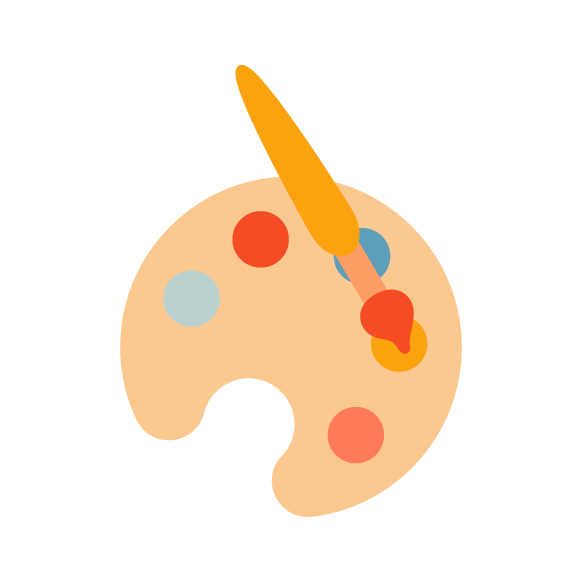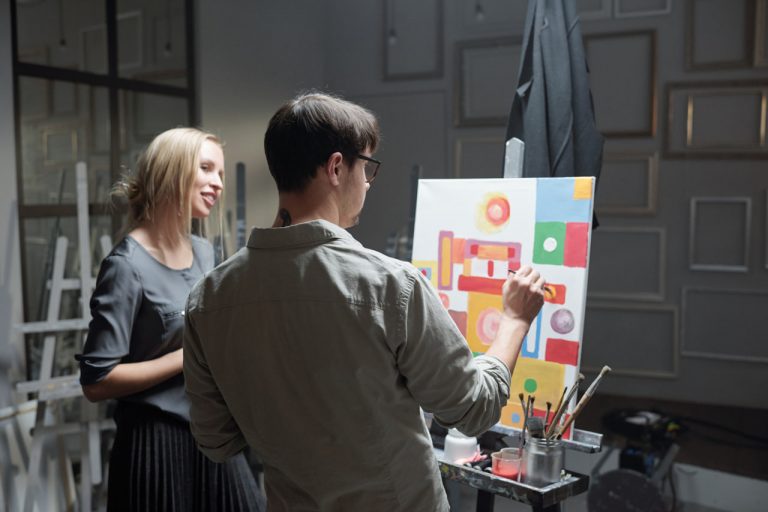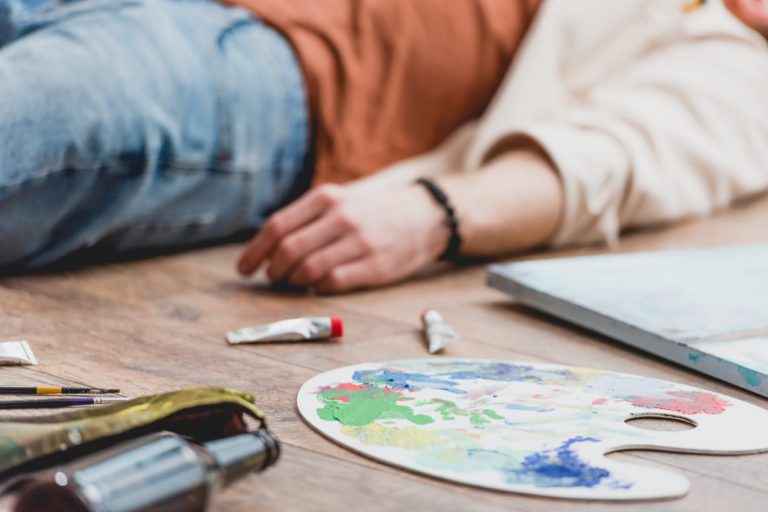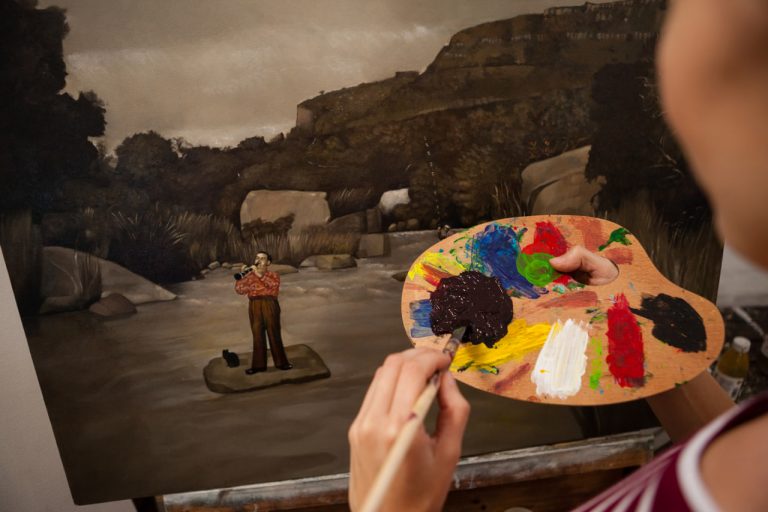Beautiful Plants For Your Interior

The Golden Ratio, also known as the divine proportion, is a mathematical ratio of approximately 1:1.618. For centuries, artists and architects have used it to create works that feel balanced, harmonious, and naturally pleasing to the eye. While its roots stretch back to ancient Greece and the Renaissance, the Golden Ratio continues to inspire and guide modern artists across a range of styles and mediums.
Understanding the Golden Ratio
The Golden Ratio is derived from dividing a line into two parts so that the longer part divided by the smaller part equals the whole length divided by the longer part. This mathematical principle often appears in nature — from the spirals of seashells to the arrangement of sunflower seeds — and has been embraced by artists for its aesthetic appeal.
In art, the ratio is often applied through the Fibonacci spiral, a visual representation that guides placement and proportions in a composition. This spiral can help an artist determine where the focal point should be or how to balance visual weight in a piece.
The Golden Ratio in 20th-Century Movements
Modern art movements such as Cubism, Surrealism, and Abstract Expressionism may seem far removed from the classical ideals of proportion, but many artists subtly incorporated the Golden Ratio into their work. For example, Salvador Dalí’s The Sacrament of the Last Supper is famously structured around the Golden Rectangle, giving the painting a sense of balance despite its surreal content.
Piet Mondrian’s geometric compositions, while seemingly simple, also often align with proportional relationships close to the Golden Ratio. Even artists who rejected traditional rules sometimes used it intuitively, finding that it offered a sense of cohesion amid abstraction.
How Contemporary Artists Use It Today
In today’s art world, the Golden Ratio is applied in more than just traditional painting. Photographers use it to frame subjects in a way that draws the viewer’s eye naturally. Digital artists use it when designing layouts, ensuring that elements feel balanced on the screen. Sculptors consider it in the dimensions and positioning of parts of their work.
With the rise of graphic design and user interface art, the Golden Ratio has even found a place in typography, logo creation, and web design, bridging the gap between fine art and commercial creativity.
Why It Still Matters
The Golden Ratio’s enduring appeal lies in its ability to create a natural sense of order. Humans are instinctively drawn to patterns that mirror those found in nature, and the Golden Ratio taps into that innate preference. For artists, it serves as both a guiding tool and a source of creative inspiration.
While it’s not a rule that must be followed, it remains a powerful option in the artist’s toolkit. Many modern creators experiment with using the ratio loosely, adapting it to fit their style while still benefiting from the balance it provides.



